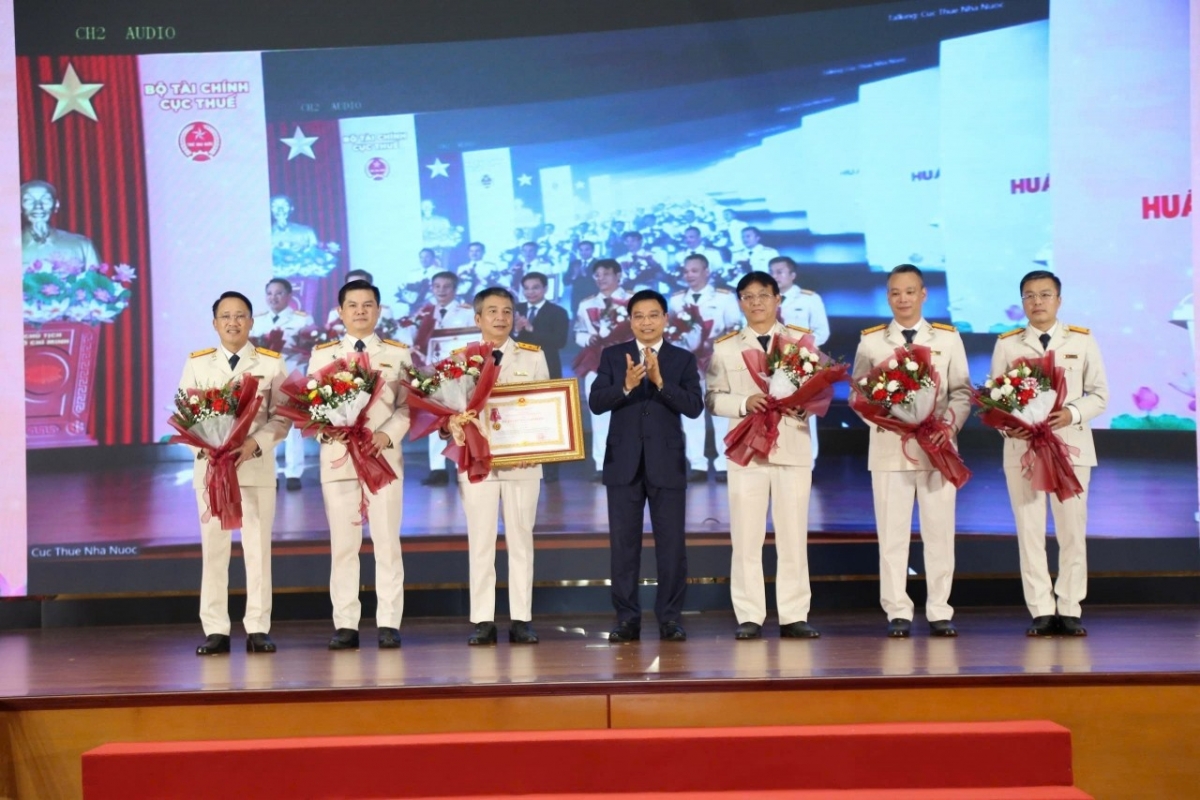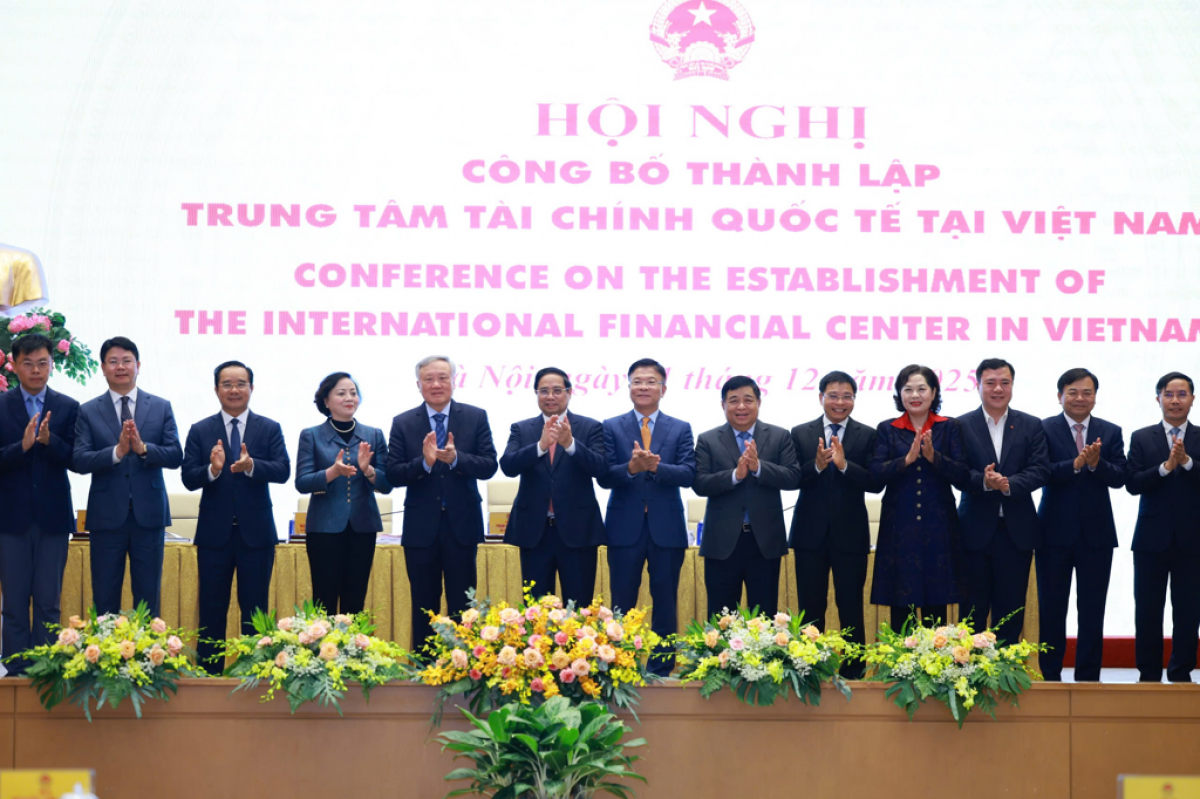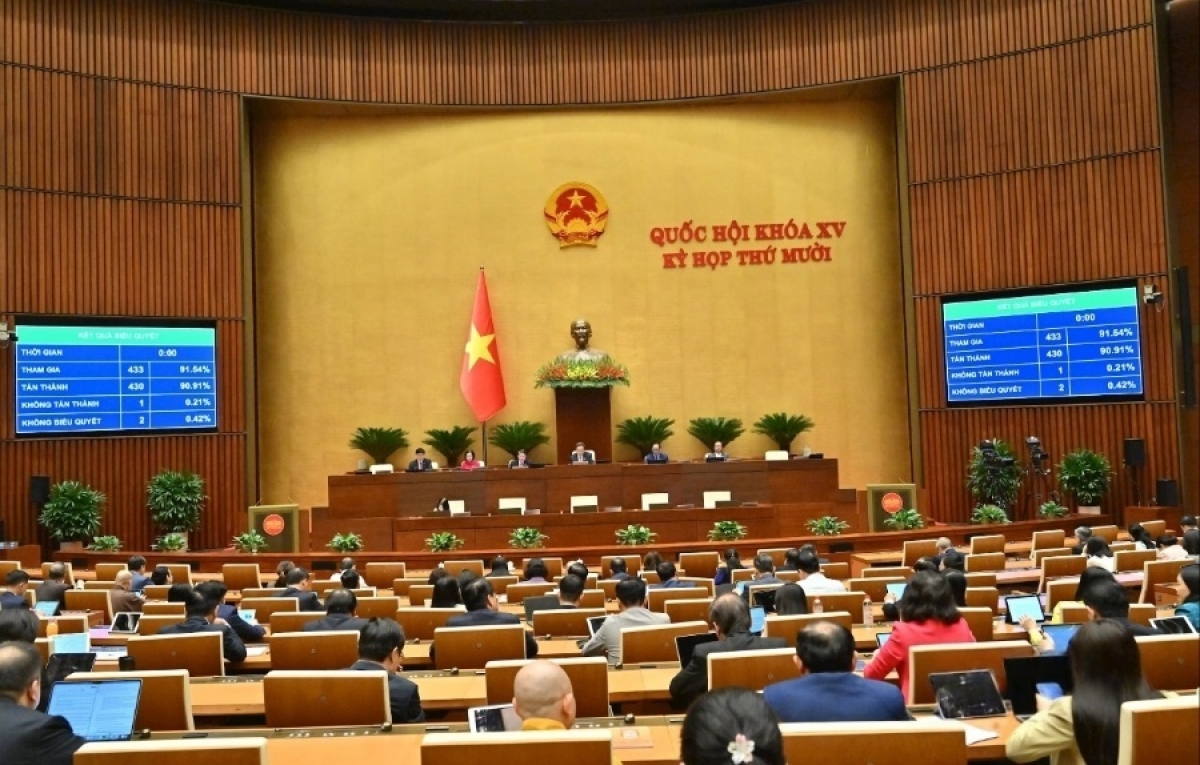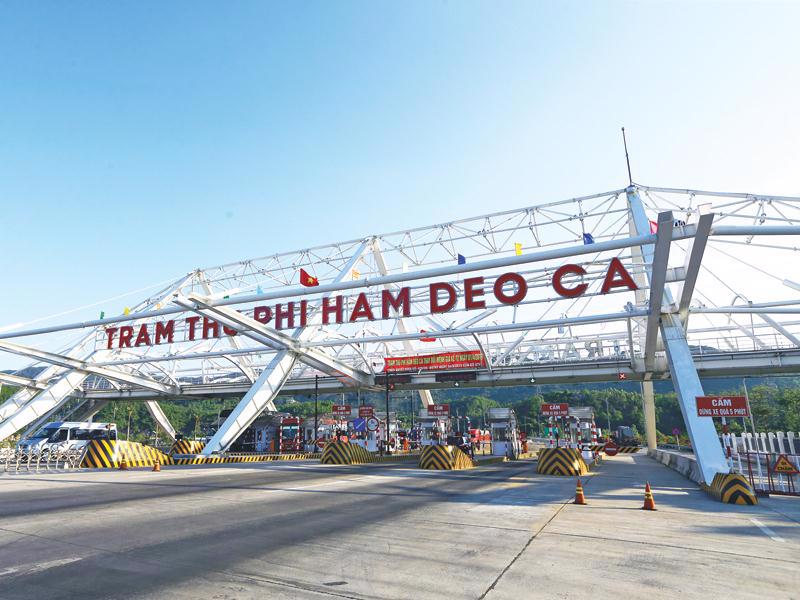INTERNATIONAL INVESTMENT
AND PORTAL
The overhaul follows accelerating reforms in legislation and administrative oversight designed to align the country’s aviation sector with international standards.
 Vaibhav Saxena, foreign counsel, Vilaf
Vaibhav Saxena, foreign counsel, Vilaf
In April, the government amended a 2016 decree which broadens Vietnam’s acceptance of aircraft type certificates, the documents certifying airworthiness, to include seven foreign aviation authorities instead of only two.
In addition to the US Federal Aviation Administration and the European Aviation Safety Agency, the Civil Aviation Authority of Vietnam (CAAV) will now also recognise certifications from Brazil, Canada, Russia, the United Kingdom, and China.
An accompanying circular issued by the Ministry of Construction amends the civil aviation safety regulations to allow recognition of airworthiness certificates issued by these additional authorities.
Under the new rules, aircraft certified by the above stated foreign authorities are now eligible for commercial import and operation in Vietnam. These changes are expected to facilitate the possible introduction of Chinese-made COMAC jets, which previously lacked relevant certification.
In a meeting chaired June 16, Deputy Prime Minister Tran Hong Ha urged that the revised Law on Civil Aviation explicitly integrate aviation security policies, recognising security as an element of national security. He advocated setting up independent investigative mechanisms and specialised agencies to oversee and respond to threats, including unauthorised aerial vehicles intruding into airports or airspace.
Key policy groups proposed in the draft legislation include clarifying the legal status and roles of aviation regulatory bodies and security authorities; implementing ICAO-recommended safety oversight systems, addressing all eight pillars of safety governance.
The others are updating measures for expanding investment and management models for airports, particularly public–private partnership frameworks at dual use civil–military facilities; and expanding the law’s scope to cover emerging aerial platforms, including drones and air taxis, to support pilot programmes for these new mobility options.
The emphasis is made on the importance of separating strategic legislative provisions from technical implementation rules, leaving operational details to sub law documents and agency guidance, which enables flexibility in adapting to evolving reality.
The draft law includes provisions allowing private investment in airport development and operations, although the state retains ownership of core infrastructure such as runways, air traffic control, and essential security apparatus. Operators would bid through transparent contractual processes, aligning Vietnam with global airport management practices.
The law also aims to modernise labour rules in aviation to conform to changes in the Labour Code, classify aviation activity categories (general, specialised, or commercial), and refine airline carrier responsibilities to reduce cancellations, delays, and improve service quality.
The government urging in July for expedited completion of the draft law reflects its strong determination to modernise the legal framework for industry development.
Accordingly, it stressed the need for legal equality among state-owned and private carriers in accessing operational conditions, reconsideration and expansion of prohibited acts in civil aviation, and the introduction of drone regulations to ensure safe integration with both civil and military flight activities.
Beyond legislative changes, a transformation of the CAAV’s administrative processes was mandated last December. The plan envisions full digital integration, online administrative procedures, electronic single window services, and open data disclosure. It also calls for digitalised workplace operations and cyber security safeguards across aviation networks.
The revised law is expected to be submitted soon. Once enacted, the law will reshape Vietnam’s aviation landscape, modernising oversight architecture, unlocking opportunities for private sector engagement, addressing new aerial technologies and threats, and supporting global integration of the sector.
